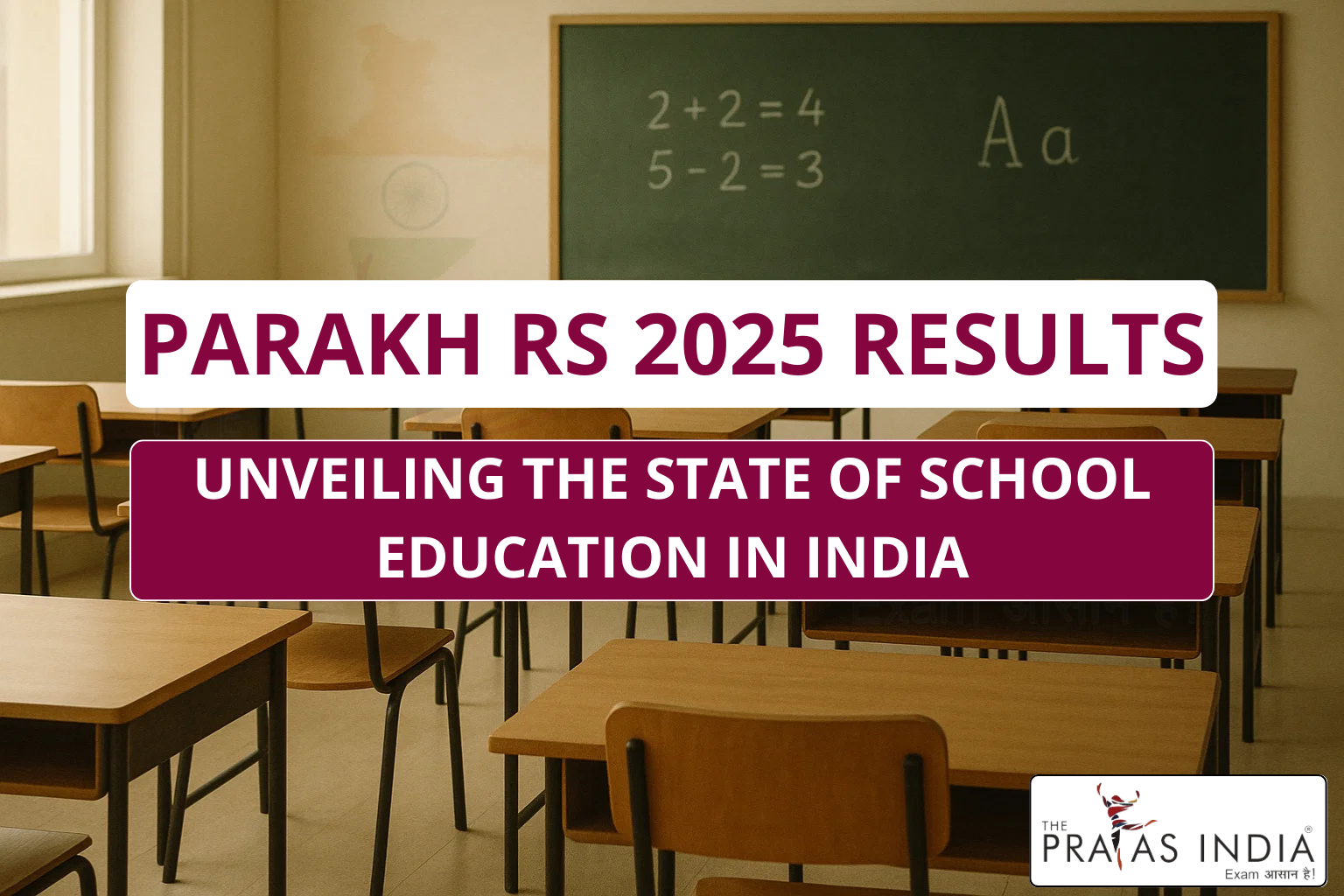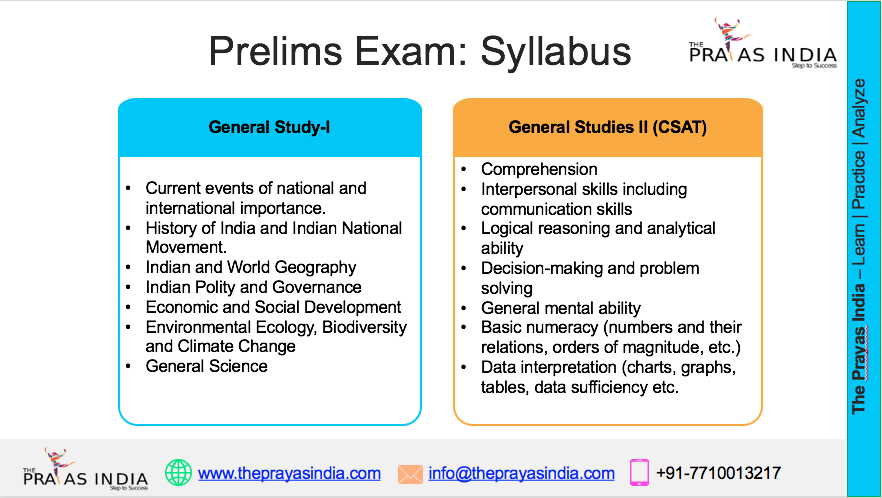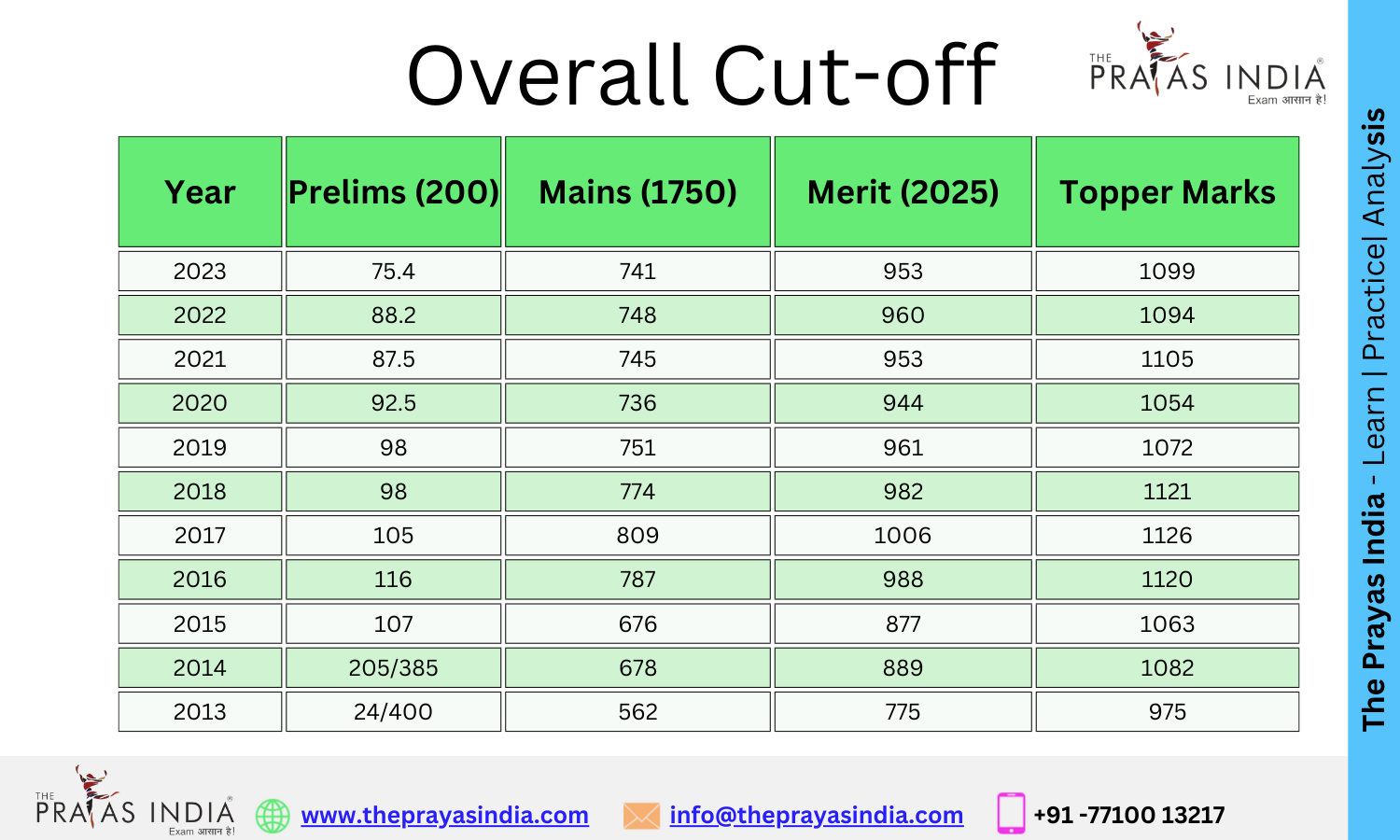PARAKH RS 2025 Results: Unveiling the State of School Education in India
The release of the PARAKH RS 2025 (Performance Assessment, Review, and Analysis of Knowledge for Holistic Development – Rashtriya Sarvekshan) results has brought critical insights into the performance of school education across India. Conducted on a national scale, this survey evaluated the learning levels of over 21 lakh students from Grades 3, 6, and 9 across 74,229 schools in 781 districts. The objective of the assessment was to measure student outcomes in key academic areas and identify learning gaps that need attention.

Objective of PARAKH RS:
PARAKH RS is a part of India’s initiative to improve foundational learning and align educational assessment with the goals of the National Education Policy (NEP) 2020. The assessment focused on academic competencies in language, mathematics, science, social science, and environmental understanding, aiming to create a reliable data-driven picture of student performance across different regions and school systems.
Assessment Scope and Methodology:
The assessment included:
- Language and Mathematics for Grades 3, 6, and 9
- The World Around Us (Environmental Studies) for Grades 3 and 6
- Science and Social Science for Grade 9
In addition to student performance, over 2.7 lakh teachers and school leaders participated in the survey through structured questionnaires to provide context on teaching practices and school conditions.
Top Performing States and Union Territories:
The PARAKH RS results revealed that Punjab, Kerala, Himachal Pradesh, Chandigarh, and Dadra & Nagar Haveli and Daman & Diu were the best-performing regions across various grades:
- Grade 3: Punjab, Himachal Pradesh, Kerala
- Grade 6: Kerala, Punjab, Dadra & Nagar Haveli and Daman & Diu
- Grade 9: Punjab, Kerala, Chandigarh
Student Performance Insights by Grade:
Grade 3:
- 67% of students used appropriate vocabulary in daily interaction
- 60% could read and understand short stories
- 68% identified patterns in math
- Only 55% could arrange numbers correctly
- 54% understood multiplication and division basics
Grade 6:
- Only 54% understood place value and large numbers
- 29% could work with fractions
- 38% solved real-life numerical problems
- 42% demonstrated measurement and estimation skills
- Environmental understanding was moderate at 44%
Grade 9:
- 45% understood the Constitution and national movement
- Reading comprehension was at 54%
- Only 28% applied percentages
- 31% grasped the number system
- 37% explained scientific concepts like pressure and temperature
- 34% could differentiate living from non-living organisms
- 37% were aware of adolescent biological changes
Performance by School Type:
A significant finding was the variation in performance based on the type of school:
- Kendriya Vidyalayas had low math performance in Grade 3 but ranked highest in Grade 9, particularly in language.
- Government-aided and state government schools showed relatively weaker performance in mathematics in Grade 6.
This highlights the need for consistent quality across school types and levels.
Conclusion:
The PARAKH RS 2025 results provide a comprehensive picture of India’s current educational landscape. While there are commendable performances in certain regions and grades, the data also reveals clear learning gaps in fundamental areas such as mathematics, science, and reading comprehension. These findings must inform policy decisions, curriculum development, and targeted interventions.
At The Prayas India, we emphasize the importance of strong foundational learning and student-centric approaches. We believe this assessment is a valuable step toward achieving equity and excellence in education. Addressing these challenges with structured support and expert guidance will be key to shaping a more capable and confident future generation.


![Prayas-लक्ष्य [UPSC CSE Target] The Prayas India](https://theprayasindia.com/wp-content/uploads/2021/08/Prayas-लक्ष्य-UPSC-CSE-Target-The-Prayas-India-300x167.png)

![Prayas Pre-भेदश [UPSC CSE Prelims Test Series] The Prayas India](https://theprayasindia.com/wp-content/uploads/2021/08/Prayas-Pre-भेदश-UPSC-CSE-Prelims-Test-Series-The-Prayas-India-300x167.png)










